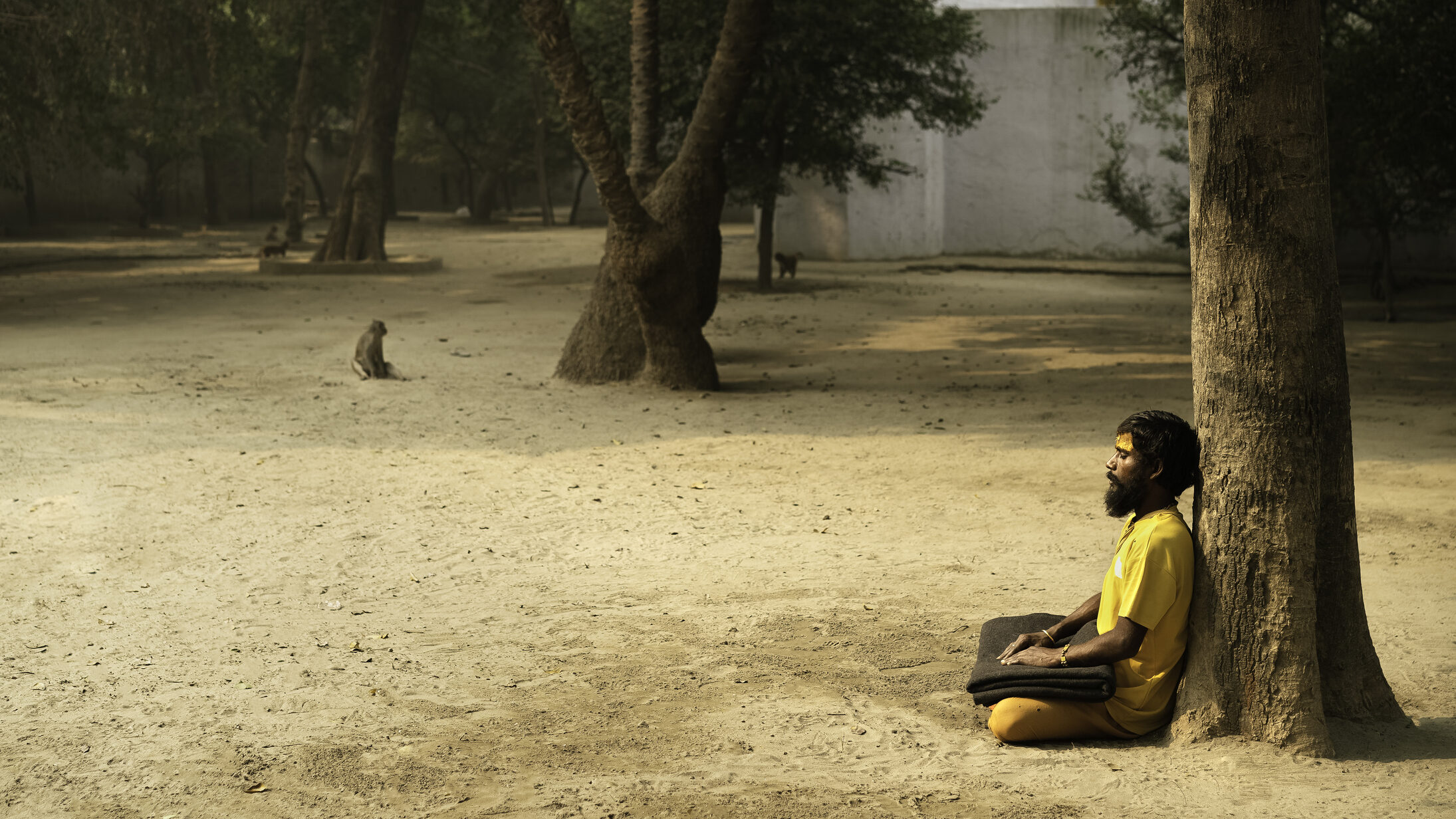
Being takes the form of giving.
We are most fully in existence, most fully present, most fully ourselves, most authentic, pure and real, when we are giving. This is perhaps why we experience life as most meaningful, purposeful, and worthwhile when we are kind and generous with each other.
Nothing true or lasting about what we are, concerns what we have, what we had or might some day have. To ‘have’ means to be formed by what we at some earlier time did not have. It is to be determined by something we have acquired, which by something we in some future moment will no longer have, either because we consume it, lose it, destroy it, or simply because it withers away.
Continue reading





